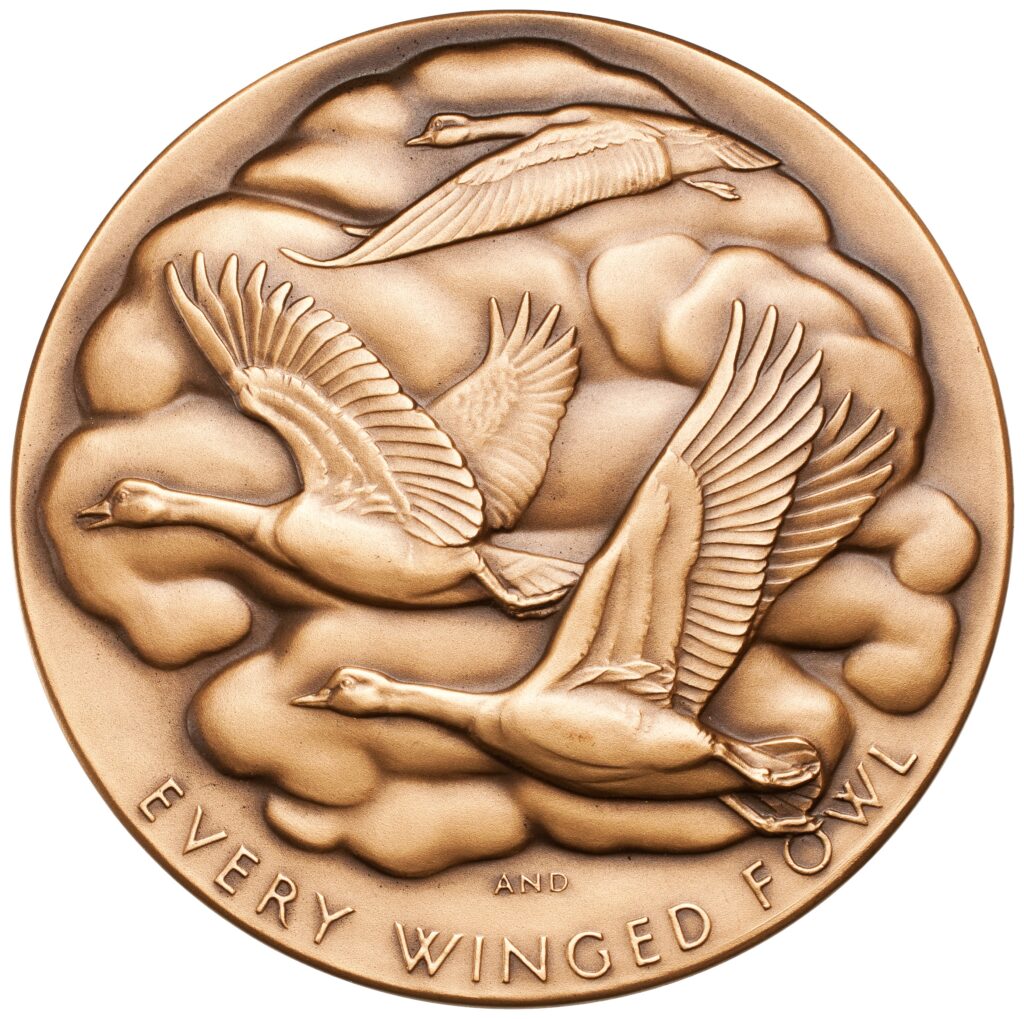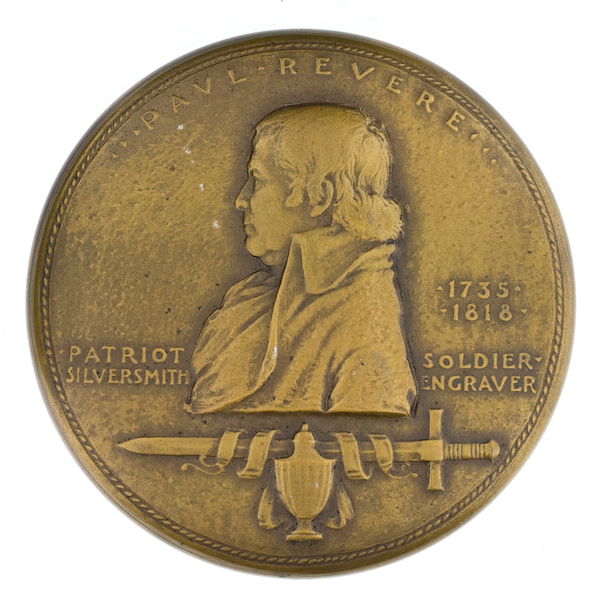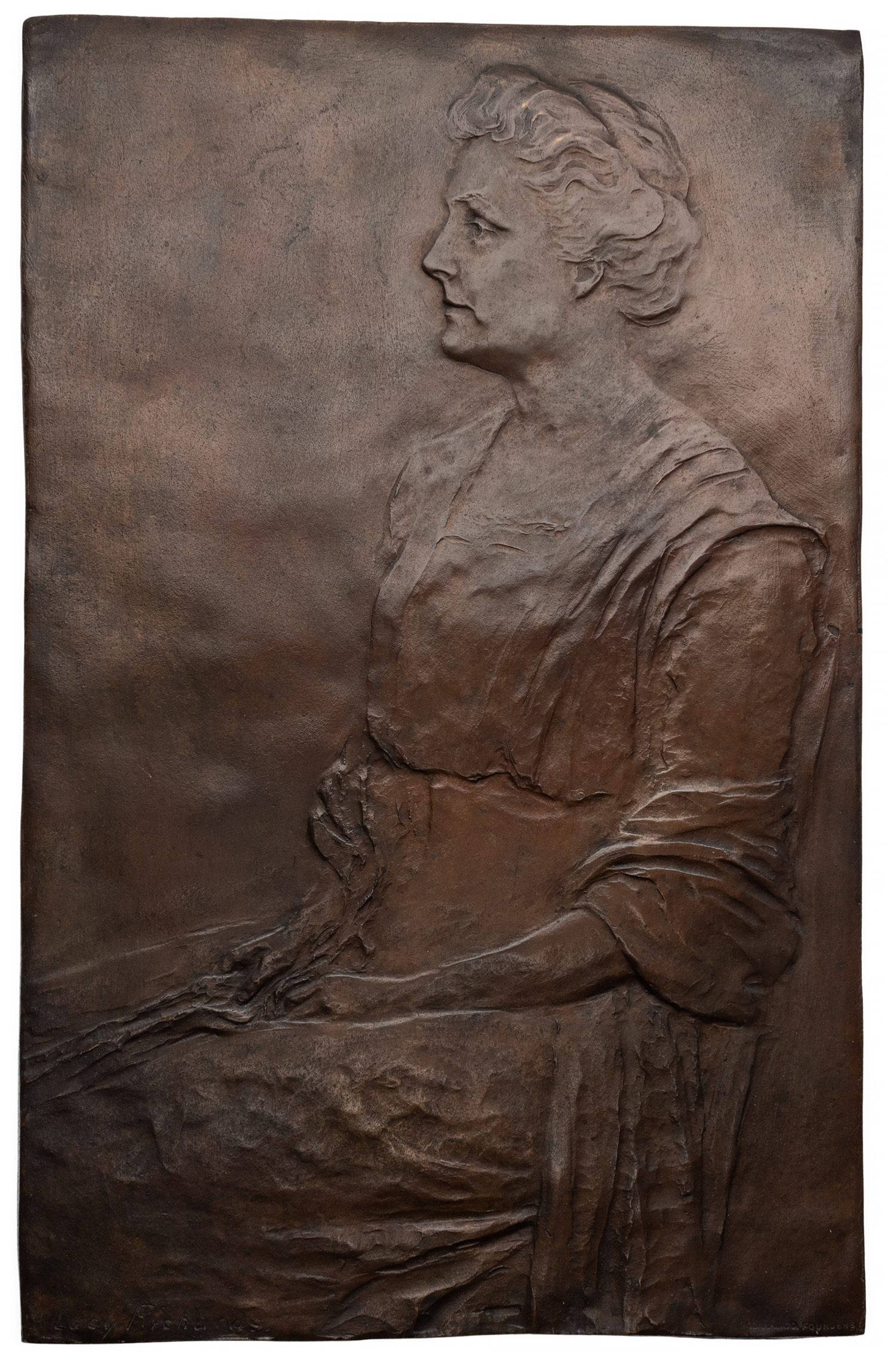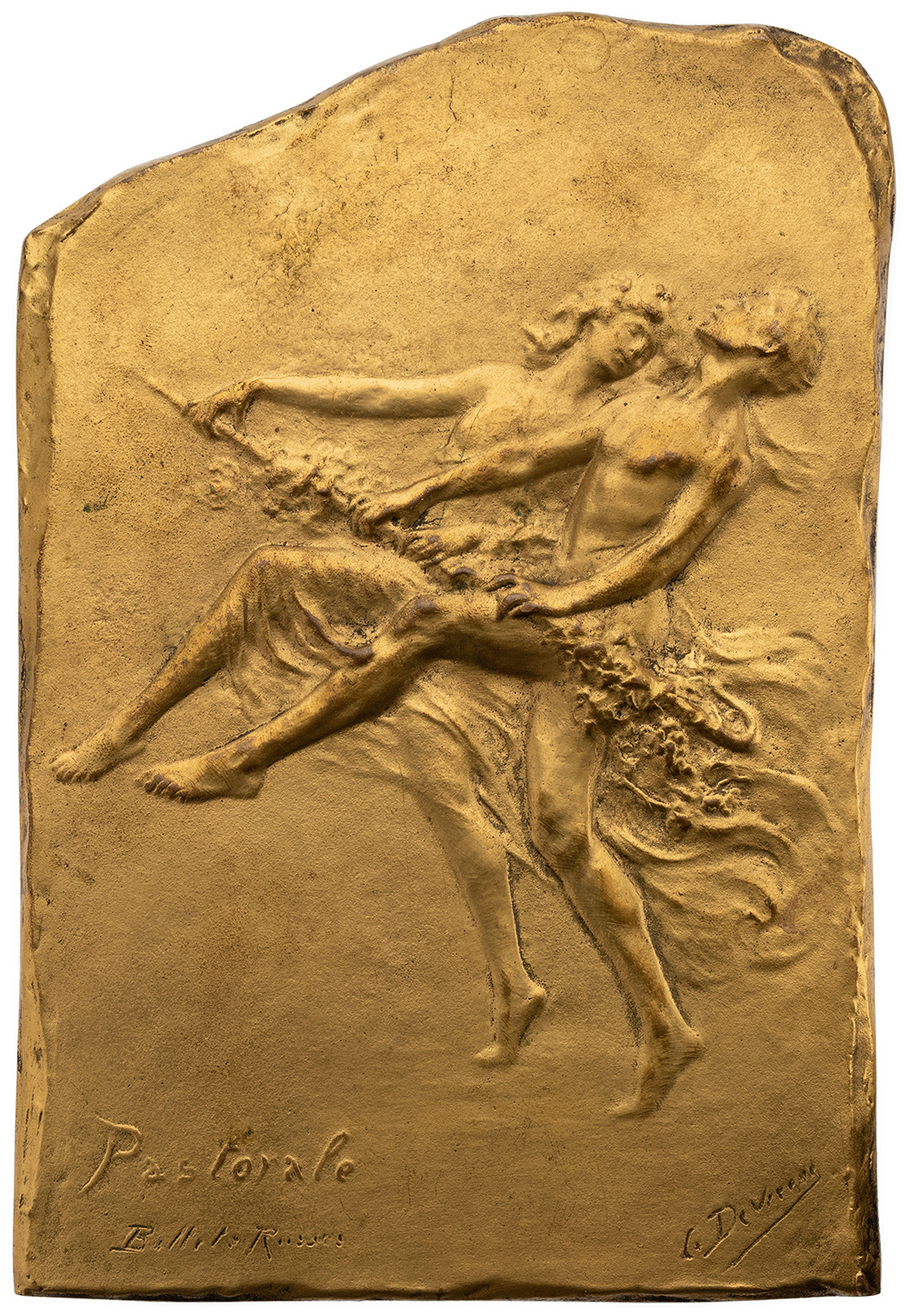The Medallic Art of Katharine Lane Weems
While people today may not recognize her name, the career of Katharine Lane Weems (née Katharine Ward Lane) paralleled those of many well-known sculptors of the 20th century (Fig.1).

Born into a well-to-do Boston family in February 1899, she enjoyed a fine education. Her exposure to art no doubt originated through her father—Gardiner Martin Lane, president of the Board of Trustees of the Museum of Fine Arts, Boston. She was named after her aunt, the watercolorist Katharine Ward Lane (d. 1893). In the course of training, she worked under Charles Grafly, George Demetrios, and studied at the summer studios of Anna Hyatt Huntington in Connecticut. As a sculptor, she tended to focus on animal forms. Her work won her a bronze medal at the Philadelphia Sesquicentennial Exposition in 1926, and the prestigious Widener Gold Medal from the Pennsylvania Academy of the Fine Arts the following year. In 1947, she married architect Fontaine Carrington “Canny” Weems. In 1985, she published her memoirs, Odds Were Against Me. If you travel to Boston, it would be difficult not to see Weems’ work, either in public or exhibited in the MFA Boston—where she donated her entire estate after her death in 1989, and endowed the position of Senior Curator of American Decorative Arts and Sculpture.
An incredible video exists of Katharine’s sculpting in action (Fig. 2). Made for the MFA Boston by the Harvard Film Service in 1930, From Clay to Bronze traced the entire process used to turn her model of a greyhound into a three-dimensional bronze statue. In addition to Weems, the video also shows master mold maker, Leonello “Leo” Toschi, of Caproni and Brother of Boston; and bronze caster, Anton Kunst, of Kunst Art Foundries in New York City. Similar in nature to The Medal Maker with Laura Gardin Fraser, this silent film has since been remastered with piano accompaniments of Erik Satie and the like, as played by Pascal Rogé.

The majority of Weems’ works are three-dimensional sculptures in bronze. Even still, she proved herself in the art of bas-relief as well. Her most well-known relief works are undoubtedly her animal friezes that decorate the exterior walls of several buildings of Harvard University from ca. 1931 (Fig. 3). Later in her career, Weems also produced three medals for the Medallic Art Company (MACO).


The first was the Reginald Fincke, Jr. Memorial Medal of 1946 (Fig. 4). Commissioned by the Groton School—a private Episcopal college-preparatory boarding school in Groton, Massachusetts—to honor 1st Lieutenant Reginald Fincke, Jr. A 1928 Sixth Form (graduate) of the school, Fincke was killed in action at the Battle of Okinawa on May 15, 1945. The example in the collection of the MFA Boston was donated by the Weems estate. To this day, the Groton School awards this medal to “a member of the Sixth Form who has shown in athletics qualities of perseverance, courage, and unselfish sportsmanship.”


The second MACO medal that Weems designed was the Goodwin Medal for Effective Teaching (Fig. 5). The Massachusetts Institute of Technology (MIT) commissioned the medal in 1952 to award the graduate student who clearly demonstrated “conspicuously effective teaching.” It was established in memory of Harry Manley Goodwin, the first dean of the graduate school at MIT, through a gift from his wife and son, Mary B. Goodwin and Richard H. Goodwin. Like the Fincke Medal, the Goodwin Medal is still given up through the present day.


Weems’ third and final medal is an achievement in and of itself; a reflection of her long and distinguished career (Fig. 6). In November 1959, her designs became the 60th medal struck for the famous Society of Medalists series. Co-founded in 1929 by Clyde C. Trees (the owner of MACO) and George Dupont Pratt (medal collector and philanthropist), the Society of Medalists invited artists to submit designs for a chance to have them become the next in the respected series. Struck at the rate of two per year, legends of sculpture and the medallic arts had designed medals for the Society of Medalists: Laura Gardin Fraser, Paul Manship, and R. Tait McKenzie, just to name a few. While her Society of Medalists design was just one of many exquisite pieces produced by Katharine Lane Weems, the significance and prestige of the series helps maintain her importance as a 20th-century sculptor of the United States.




